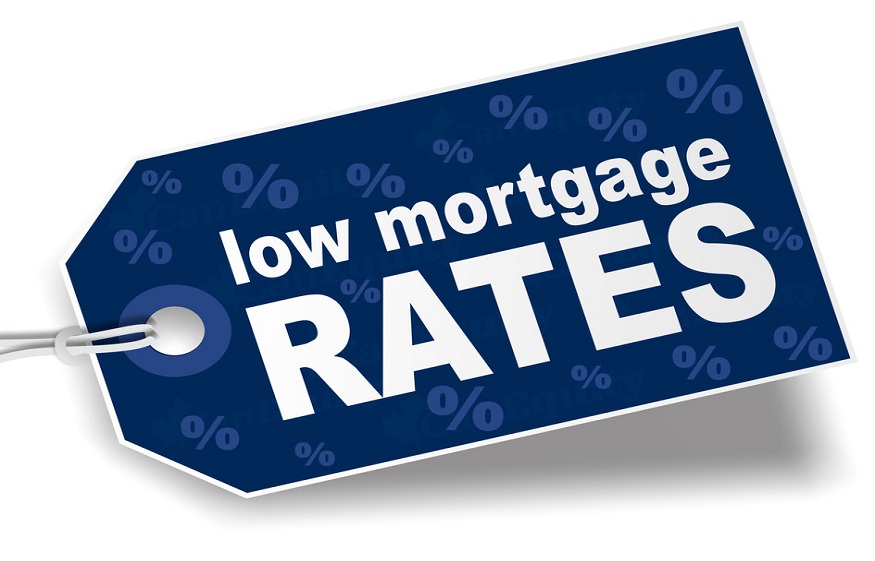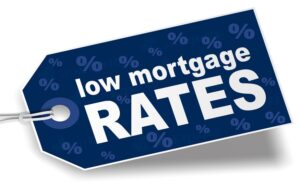Obtaining a low interest rate on a home mortgage is a cornerstone of responsible homeownership. A seemingly small difference in interest can translate into tens of thousands of dollars in savings over the life of a loan, significantly reducing your total cost of ownership. Finding a favorable rate is a strategic process that involves both optimizing your personal financial profile and meticulously shopping for the right loan. This article will guide you through the best practices for securing a low rate, with a specific focus on the unique challenges and opportunities for homebuyers in Florida, including a detailed look at the state’s valuable assistance programs.
Note: We are a quality mortgage brokerage firm in South Florida that provides great, competitive rates with flexible types of loan packages. Need a Mortgage broker Fort Lauderdale click here.
The Borrower’s Role: Factors You Control
Before you even start looking at homes, the most impactful work you can do to secure a low mortgage rate is to prepare yourself as a borrower. Lenders evaluate your risk profile, and a strong profile equates to a more attractive rate.
- Credit Score: Your credit score is a three-digit number that tells a lender how likely you are to repay your debts. The higher your score, the lower your perceived risk, and the better your interest rate.1 Lenders typically reserve their most competitive rates for borrowers with scores in the high 700s or above. To improve your score, ensure you pay all bills on time, keep your credit card balances low, and avoid opening new lines of credit.
- Debt-to-Income (DTI) Ratio: Your DTI is a percentage that compares your total monthly debt payments to your gross monthly income.2 Lenders use this to gauge your ability to handle a new mortgage payment. A DTI below 36% is generally considered ideal, while many lenders prefer it to be no higher than 43%. By paying down existing debts like student loans or car payments before you apply for a mortgage, you can significantly lower your DTI and increase your chances of getting a better rate.
- Down Payment: A larger down payment shows the lender that you are a serious and financially capable buyer, which lowers their risk if you were to default. A down payment of 20% or more of the home’s purchase price is the gold standard. It not only typically leads to a lower interest rate but also allows you to avoid paying for private mortgage insurance (PMI), a costly monthly fee. While a smaller down payment is possible with programs like FHA loans, it will almost always come with additional costs.
- Loan Type: The type of mortgage you choose also directly impacts your rate. Conventional loans are the most common and are typically reserved for borrowers with strong credit and DTI. Government-backed loans, like those from the FHA, VA, or USDA, have their own rate structures.For instance, VA loansfor veterans often have highly competitive rates and require no down payment, while FHA loans are designed for borrowers with lower credit scores but require a mortgage insurance premium (MIP).
The Shopping Process: Strategies to Find the Best Rate
Once your financial profile is optimized, the next step is to actively compare offers from different lenders. This is where you can find significant savings.
- Shop and Compare Multiple Lenders: This is the single most important action you can take. Do not settle for the first quote you receive. Obtain official Loan Estimates from at least three to five different lenders, including national banks, local credit unions, and mortgage brokers. Rates and fees can vary by as much as a full percentage point, which can amount to thousands of dollars over the life of the loan.
- Understand and Compare the APR: When reviewing Loan Estimates, look beyond the quoted interest rate and focus on the Annual Percentage Rate (APR). The APR includes the interest rate plus other costs of the loan, such as origination fees and discount points.Comparing APRs provides a more accurate picture of the total cost of each loan.
- Negotiate Your Rate: Use the quotes you’ve collected to your advantage. If one lender offers a significantly better rate, you can use that information to ask another lender to match or beat it. Many lenders are willing to negotiate to earn your business.
- Consider Paying Points:Mortgage points are an upfront fee you pay to your lender in exchange for a lower interest rate.One point typically costs 1% of the total loan amount and can reduce the interest rate by 0.25%.8 Whether or not paying points is a good idea depends on how long you plan to stay in the home. The longer you live there, the more likely the savings from the lower rate will outweigh the upfront cost.
Note: Florida Advocates is a law firm can help you with motorcycle accident attorney winter haven. The firm is the first place to call if you are in an accident.
Florida-Specific Assistance Programs
Florida offers a variety of assistance programs designed to help residents achieve homeownership, often by providing down payment and closing cost assistance or by offering favorable interest rates. These programs are particularly valuable in a state with high property values.
- Florida Housing Finance Corporation (Florida Housing): This is the state’s official housing finance agency. It offers a variety of programs for first-time homebuyers (and a few exceptions for non-first-time homebuyers, like veterans).These programs provide competitive 30-year, fixed-rate first mortgage loans and automatically make borrowers eligible for down payment and closing cost assistance.11
- Hometown Heroes Housing Program: This popular program is designed to make homeownership affordable for eligible frontline workers and veterans. It provides a lower first mortgage interest rate and offers down payment and closing cost assistance. Eligible occupations include teachers, law enforcement officers, healthcare workers, and active-duty military personnel.This program is a major benefit for Florida’s workforce, providing up to 5% of the total loan amount (with a maximum of $35,000) in assistance.
- Florida Assist (FL Assist): This program provides eligible borrowers with up to $10,000 in assistance for down payment and closing costs. The assistance is a 0% interest, non-amortizing, deferred second mortgage.This means there are no monthly payments, and the loan is only due when you sell, refinance, or pay off your primary mortgage. This is an excellent option for those who can afford a monthly mortgage payment but lack the upfront funds.
- Homeownership Loan Program (FL HLP) Second Mortgage: For borrowers who prefer to have a second mortgage with a fixed payment, the FL HLP offers up to $10,000 in assistance at a low, fixed interest rate over a 15-year term.
- State Housing Initiatives Partnership (SHIP) Program: The SHIP program is a state-funded program that provides funds to counties and municipalities to create local housing assistance programs.The programs and eligibility criteria vary widely by county, but they are an excellent resource for local grants, down payment assistance, and housing rehabilitation.
National Assistance Programs (Available in Florida)
In addition to state-specific programs, several federal loan programs are widely used in Florida and offer excellent benefits.
- FHA Loans: Insured by the Federal Housing Administration, these loans are popular for first-time homebuyers because they allow for a low down payment of just 3.5% and have more flexible credit requirements.21 While they require mortgage insurance, they are a great entry point for those who don’t have a large down payment.
- VA Loans: These loans, guaranteed by the Department of Veterans Affairs, are an exceptional benefit for eligible veterans, active-duty service members, and their spouses. They offer the significant advantage of no down payment and no monthly mortgage insurance requirements. The interest rates are often highly competitive.
- USDA Loans: These loans are designed to promote homeownership in rural areas. While many people think of “rural” as being very remote, a surprising number of suburban areas in Florida qualify. The main benefit of a USDA loan is 100% financing, meaning no down payment is required.23There are income and property eligibility restrictions, so it’s important to check if your desired location qualifies.
Finding a low mortgage rate is a proactive process that combines personal financial diligence with smart, strategic shopping. By improving your credit, managing your debt, and actively comparing offers, you put yourself in the best position to succeed. In Florida, these efforts are bolstered by a robust network of state and national programs that can provide the critical assistance needed to make your dream of homeownership a reality.
Need guidance after a loved one’s passing? Contact Florida Planning and Probate, your trusted estate planning attorney fort lauderdale, for compassionate legal help and efficient estate resolution. Call now for a free consultation!






More Stories
Understanding Fixed vs Floating Interest Rates in Personal Loans
What Are the Most Common Financial Mistakes First-Time Entrepreneurs Make?
Canara Bank Gold Loan: A Simple Guide